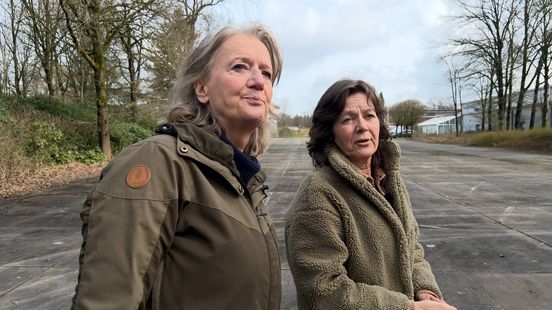Camp of Zeist
Around 1818, the army of the still very young Kingdom of the Netherlands came to the heath near Zeist to hold large-scale exercises there. In addition to countless soldiers, civilians also flocked there. They viewed the performances in an annual fair-like atmosphere. An army camp was created between Zeist and Soesterberg, 4 kilometers long and 700 meters wide. The first permanent sheds and barracks were built in the course of the 19th century.
In addition to being a shelter for Dutch soldiers, Kamp van Zeist was also a shelter for Belgian soldiers and French civilians during the First World War, an agricultural company for the Germans in the Second World War and a place with facilities for the Americans of Soesterberg. Around 2000 it was even briefly Scottish territory, with a prison and a court where the infamous Lockerbie trial was handled.
Asylum seekers have been housed at Kamp van Zeist for ten years. The temporary asylum center will remain there for a maximum of three years.
